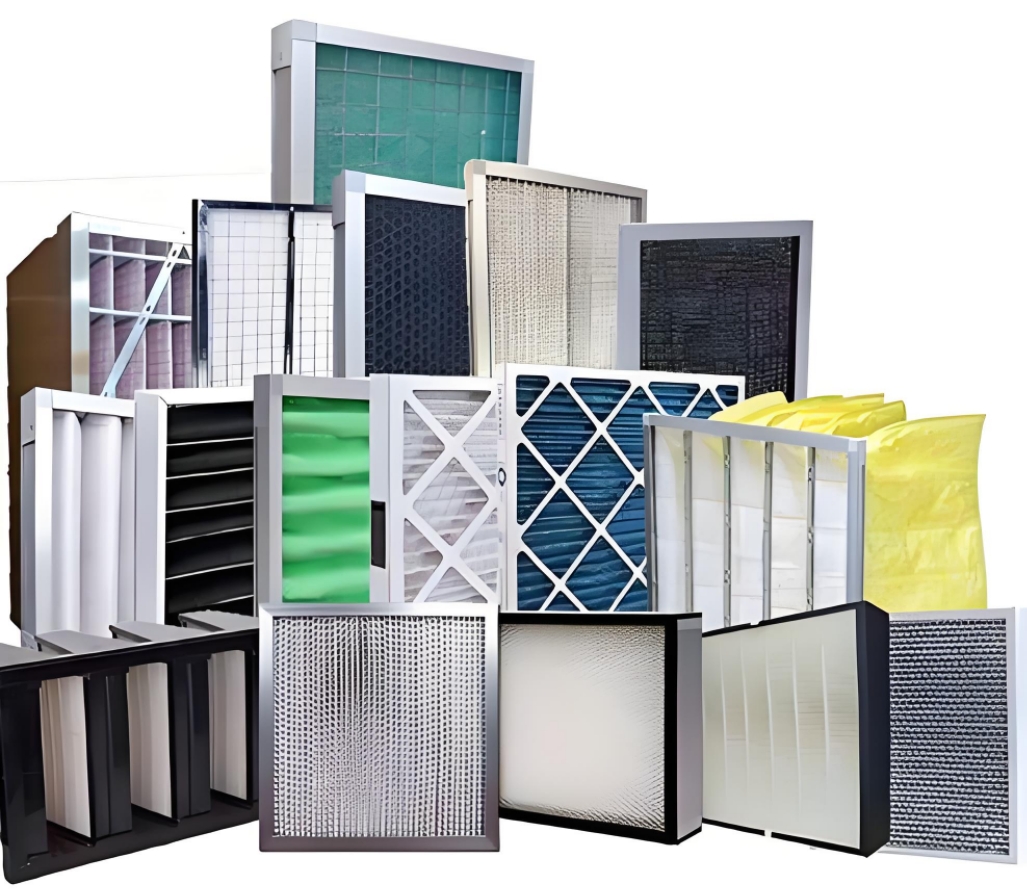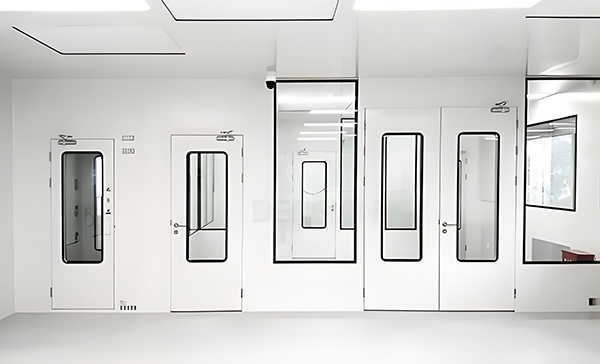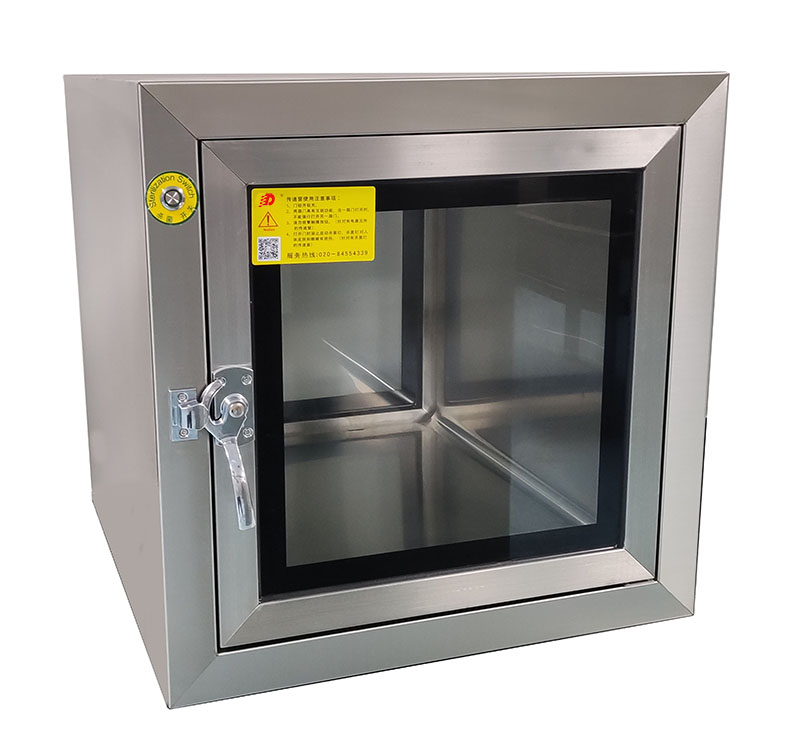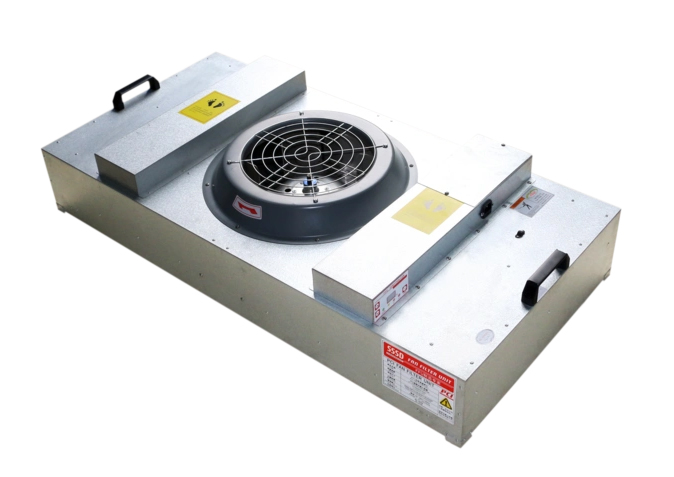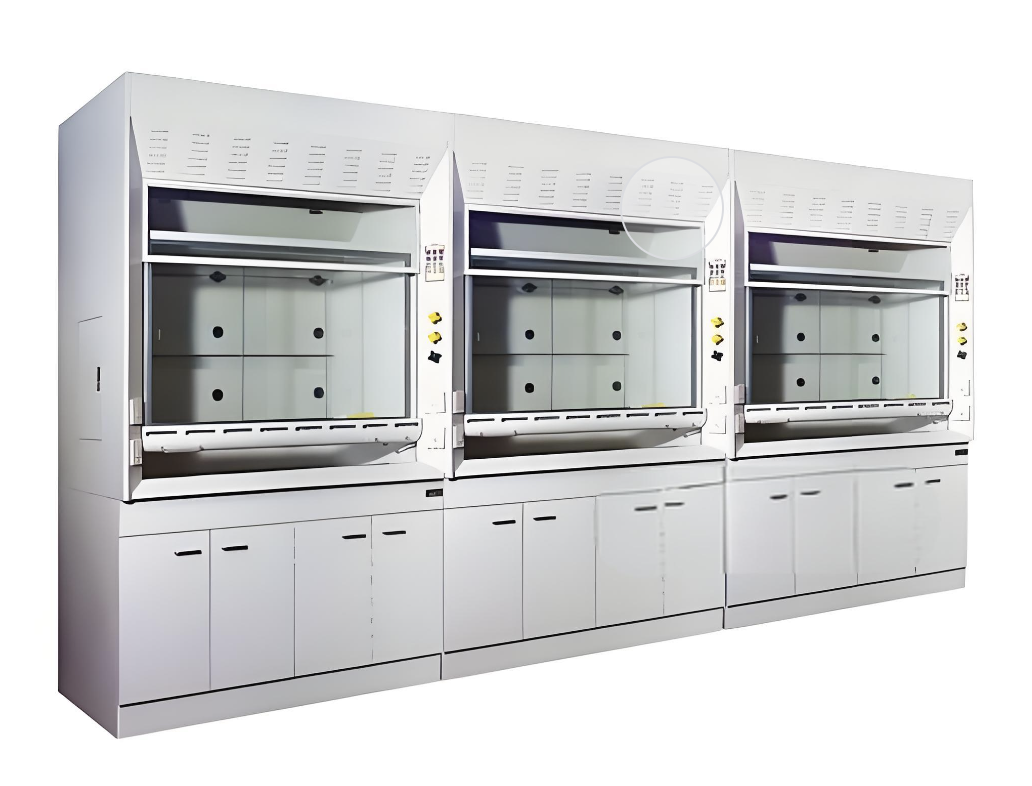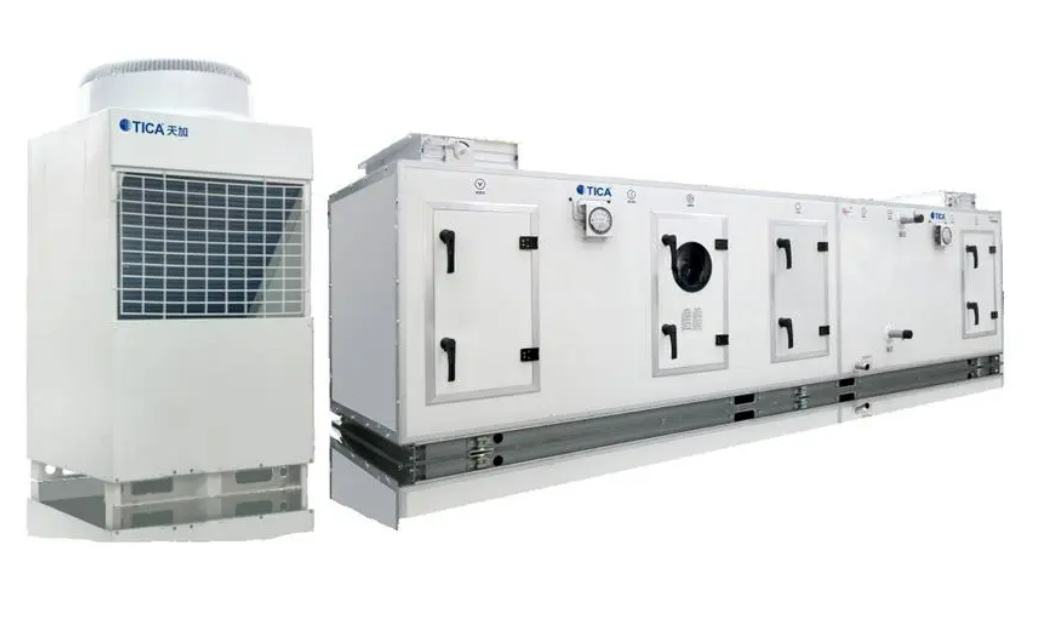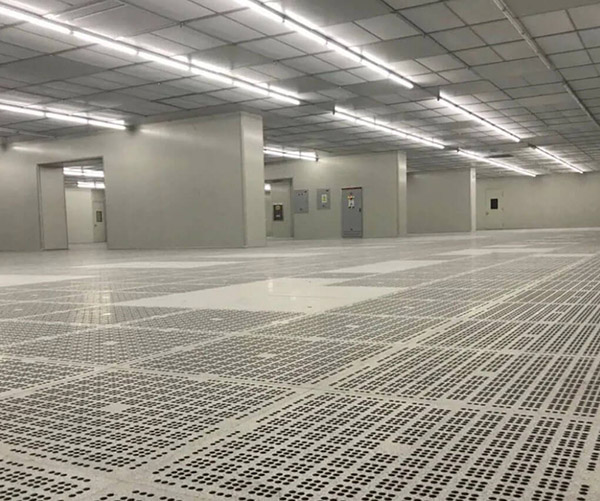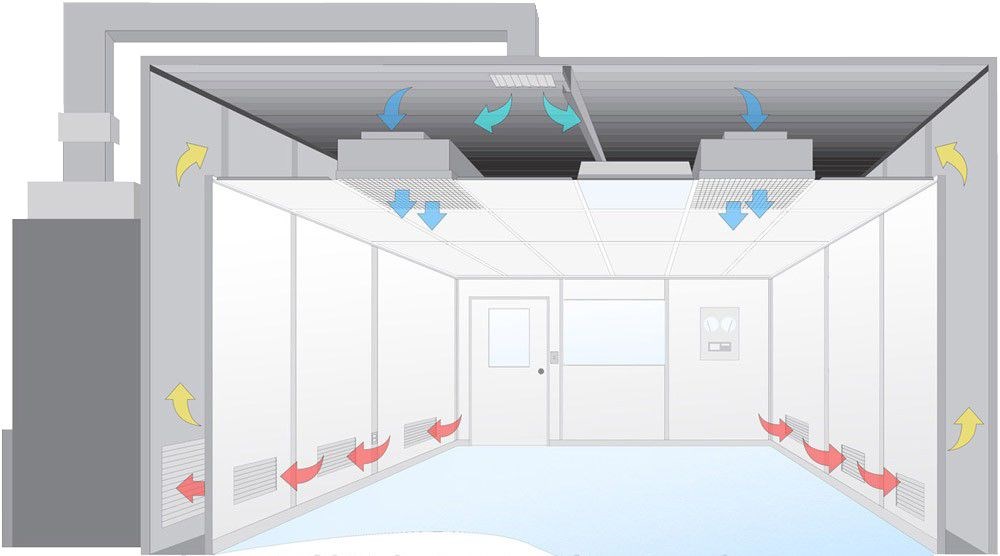Understanding the Differences: Laminar Flow Clean benches and fume hoods
When working in laboratory environments, selecting the appropriate ventilation equipment is crucial for maintaining safety and ensuring the integrity of your work. While laminar flow clean benches and fume hoods serve to protect laboratory activities, they address different needs and applications. This article elucidates the key differences between these two essential tools, focusing on their functions, airflow, protection level, and applications.
Laminar Flow Clean Bench

Focus and Function
Laminar flow clean benches are designed to protect the work surface, including delicate tasks such as cell cultures and the assembly of sensitive Electronics, from contamination. These devices are crucial in maintaining a sterile work environment, which is vital in many scientific procedures and research settings.
Airflow Dynamics
These benches operate on a unidirectional airflow system, pushing hepa-filtered air across the work surface either horizontally or vertically. The consistent airflow minimizes contamination by creating a sterile environment over the samples and instruments.
Protection Focus
Though highly efficient at protecting the work from particulates, these clean benches do not provide protection to the user from hazardous substances. Therefore, they are suited for non-hazardous applications only.
Applications in Industry
Laminar flow benches are prevalent in industries where product sterility is paramount, such as microbiology, electronics assembly, and pharmaceutical compounding.
Fume Hood

Focus and Function
In contrast, fume hoods are tailored to protect the user from hazardous materials and fumes. They create a barrier between the user and harmful substances, drawing contaminated air away either through ducts to the exterior or through filters in ductless systems.
Airflow Dynamics
Air is drawn away from the user and the workspace in fume hoods, safeguarding the lab environment from toxic fumes and potential chemical exposure.
Protection Focus
The primary function of fume hoods is user protection. They shield lab technicians and scientists from inhaling or coming into contact with dangerous substances while not specifically providing a sterile work environment.
Applications in Industry
Fume hoods are essential in laboratories dealing with hazardous chemicals, volatile solvents, or anything that poses a health risk due to its fumes or particulates.
Comparison Summary
| Feature | Laminar Flow Clean Bench | Fume Hood |
|---|---|---|
| Primary Function | Protects work from contamination | Protects user from hazardous substances |
| Airflow Direction | Unidirectional (horizontal/vertical) | Inward and away from the user |
| Protection Focus | Work product | User and lab environment |
| Applications | Sterile work, sensitive experiments | Hazardous materials and volatile substances |
Conclusion
Understanding the distinct purposes of laminar flow clean benches and fume hoods is essential for ensuring both laboratory safety and the integrity of scientific work. Each tool is invaluable within its domain, offering protection either to the work or the users depending on the laboratory needs. With the guidance of Deiiang™, under the creativity of Deiiang Jason.peng, laboratories can benefit from state-of-the-art equipment that meets specific operational demands.
Common Questions and Answers
Q: Can a laminar flow bench be used for volatile chemicals?
A: No, laminar flow benches do not protect the user from chemical fumes; they are intended for non-hazardous applications.
Q: What is the primary protective function of a fume hood?
A: To protect the user by venting hazardous fumes away from the workspace.
Q: How does HEPA filtration in laminar flow benches work?
A: It removes 99.97% of airborne particles ≥0.3 micrometers, providing a clean work environment.
Q: Are fume hoods necessary for all chemical handling?
A: Yes, for handling volatile or hazardous substances to prevent exposure.
Q: What advancements does Deiiang™ offer in hood designs?
A: They incorporate advanced engineering and filtration technologies to ensure optimal safety and efficiency.
References
- International Organization for Standardization. ISO 14644-1: Cleanrooms and Associated Controlled Environments.
- Occupational Safety and Health Administration (OSHA), Guide on Laboratory Hoods.
- U.S. Environmental Protection Agency (EPA), Stand
 +86 18186671616
+86 18186671616 Jason@cleanroomequips.com
Jason@cleanroomequips.com
 MENU
MENU





